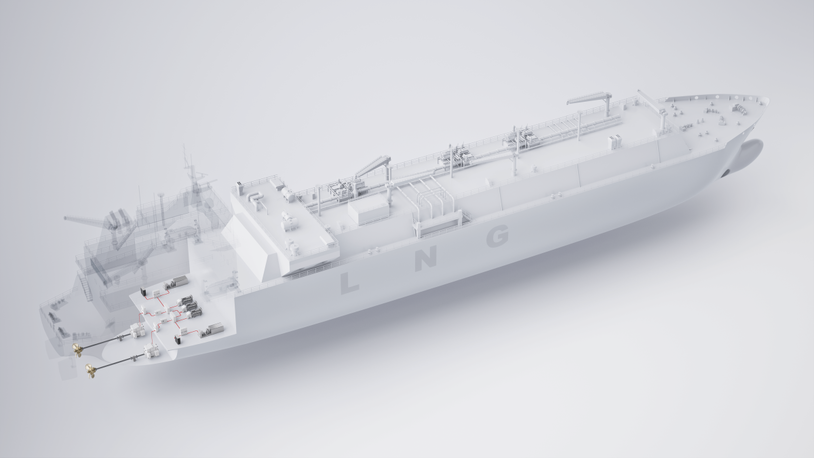Key Developments in Maritime Propulsion Technologies in 2024
Key Ideas
- IHI Power Systems collaborates on ammonia-fuelled tugboat with dual-fuel engines, showcasing advancements in engine technologies.
- Study uncovers higher methane slip levels from LNG dual-fuel engines, prompting a focus on emission reduction strategies.
- DNV study highlights a fuel-efficient diesel-electric propulsion concept using four-stroke engine technology for cargo ships.
- IMO's efforts on carbon capture, storage, and cleaner fuel standards are crucial for achieving 2050 climate goals in global shipping.
In 2024, the maritime industry witnessed significant advancements in propulsion technologies and fuels. IHI Power Systems in Japan is leading the way with the development of dual-fuel engines for an ammonia-fuelled tugboat, in collaboration with various industry players. A study revealed higher methane slip levels from LNG dual-fuel engines, emphasizing the need for emission reduction measures. Another noteworthy development is the introduction of a fuel-efficient diesel-electric propulsion concept, named DFE+, which promises energy efficiency and increased cargo capacity for ships, utilizing four-stroke engine technology. Furthermore, the International Maritime Organization (IMO) is driving efforts towards onboard carbon capture, storage, and sequestration, along with cleaner fuel standards to meet the industry's 2050 climate goals. Challenges remain in the adoption of methanol fuel for newbuilds and retrofits, including technical hurdles and the need for green methanol supply and global regulatory alignment. The industry is actively addressing these challenges through webinars and expert panels, showcasing a positive outlook towards sustainable maritime propulsion solutions.
Topics
Fuel Cells
Energy Efficiency
Regulations
Maritime Industry
Carbon Capture
Green Methanol
Shipbuilding
Engine Technologies
Emerging Fuels
Latest News
